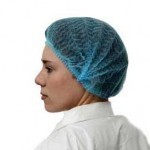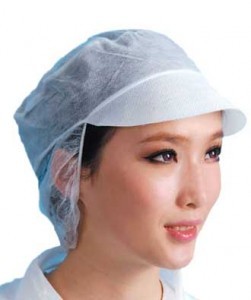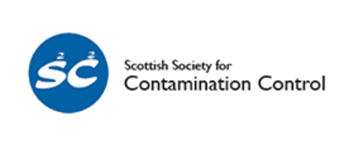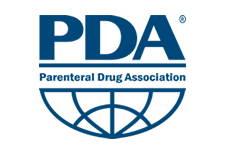HOW LONG CAN STUBBLE OR A BEARD BE BEFORE A BEARD SNOOD IS WORN ?

Many of us can relate to finding a human hair on our dinner plate at some time.
One of the biggest single causes of contamination in food production is hair. We understand the need for hairnets and mob caps in cleanroom environments and food production and food service.

Hairnet

Snood Cap
But what about the beard? Are there risks associated with beard hair or stubble in cleanroom and food production?
How long should stubble or a beard be before a beard snood is worn?
Are beards un-hygienic?
Carol Walker, a consultant trichologist from the Birmingham Trichology Centre, states that having facial hair can lead to more frequent skin infections and to germs being passed on to others.
Beards harbour more germs because facial hair is courser than other hair, so traps dirt and germs more easily, she explained. The cuticles on the hair trap the germs and grease.
Hair around nostrils and mouth is well-placed to harbour bacteria. She added that people have a habit of over-handling their beards, meaning they can spread bacteria to their mouths.
What are the risks?
Take staphylococcus, for example. A gram-positive bacteria, present among the hairs of 25% of perfectly healthy people (more so among those carrying infections and illness), this bacteria spreads fast at room temperature to produce a toxin that can cause fever and abdominal cramps that may strike within 1 to 6 days and last for 48 hours.
What do scientists say?
Scientific evidence shows that beards can spread infections, says Dr Ron Cutler, of Queen Mary, University of London. That’s why it’s important for bearded men to wash and groom their facial hair regularly.
Research has shown that facial hair can spread bacteria.
Studies have found beards harbour more bacteria than clean-shaven faces.
One study, published in the journal Anaesthesia, looked at whether surgical masks caught bacteria falling from surgeons faces, and whether having a beard affected how many bacteria fell. The conclusion was that men with beards do harbour a significant number of bacteria, more than non-bearded men and women.
Bearded surgeons wearing surgeon masks did shed more organisms from the beard. The debate on whether beards are unhygienic is still raging among members of the food industry.
There is debate about how long a beard has to be before a worker wears a beard snood – a cover like a hair net that stops hair falling into the food that is being prepared.
This debate includes how long a beard has to be before a snood is worn.
The fact is that short hairs shed just as often as long hairs, they are far more difficult to detect, and for that reason alone, in fact present a much higher risk of contamination.
Consider the fact that any single hair contamination carries with it the risk of compromising product or produce quality, and the importance of effective and reliable protective disposable clothing soon becomes apparent.
Even with short stubble it is advisable to mitigate the risk and wear a beard snood to protect from contamination within cleanrooms and the food industry.













